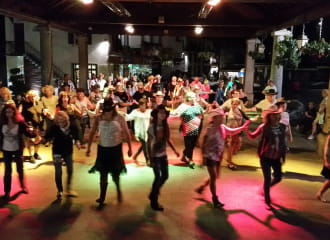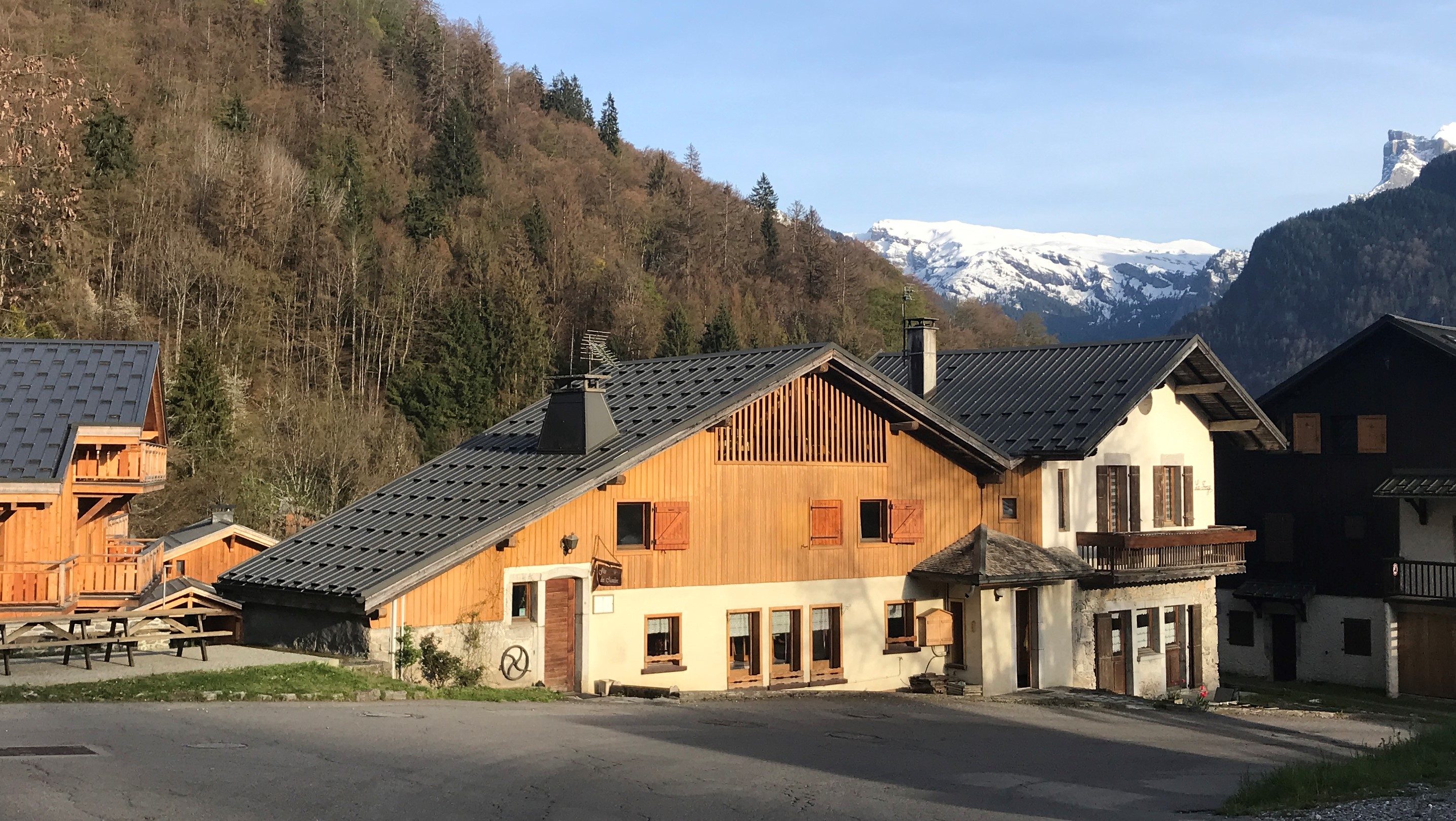Hamlet of the Allamands
Samoëns
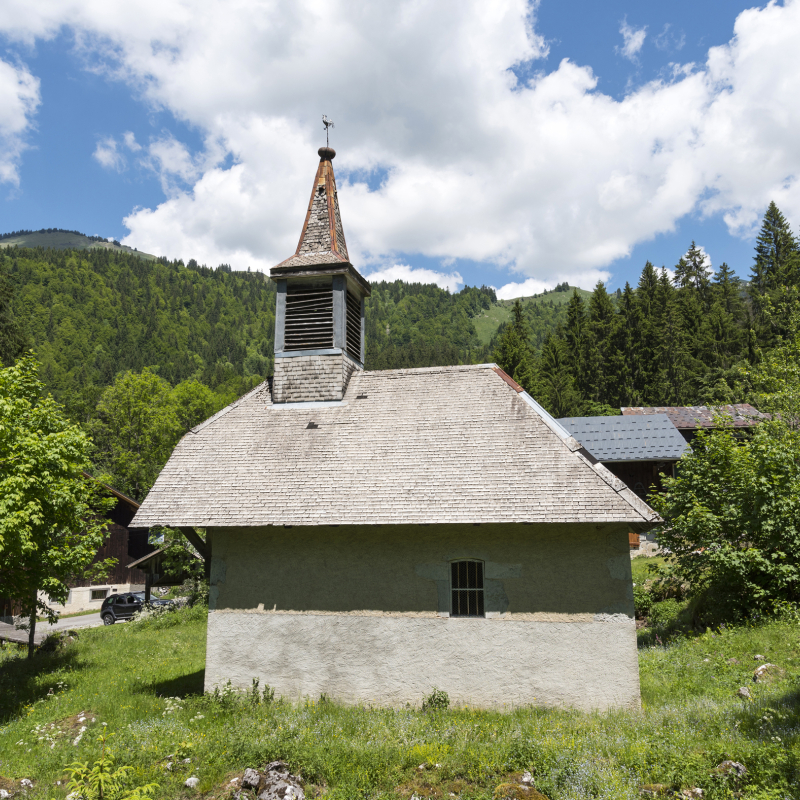
The route des Allamands leads to the Col de la Golèse and the Morzine valley, and further on via the Col de Coux in the Swiss Valais. A strategic position therefore. This explains why this village was very densely populated until the interwar period. With its 19th century chapel, oratory, basin, typical farms and picturesque houses, it reflects the life of the past. An authenticity that this septimontine hamlet still preserves today. And this, to the delight of visitors. The origin of the hamlet, one of the nine of Samoëns, dates back to the beginning of the 13th century. At that time, the mountains of Samoëns in the Haut-Giffre valley were covered with immense wild and wooded areas. The place was isolated and not easily accessible.
In order to enhance the area, set back the forest and enlarge the clearings, the lords, with the consent of the monks, installed families of German-speaking lumberjacks there. This is where the hamlet gets its name from. It was these woodcutters who then cleared the mountain pastures of Bostan and Odda, whose names are of Germanic origin. Bostan comes from Bostâr meaning "wood" and Odda meaning "precious thing". In 1476, the Bernese troops reached Samoëns by the pass road, setting fire to the Allamands. The hamlet thus met the same fate as the Church of Our Lady of the Assumption in Samoëns. Half a century later, the village was again set on fire by troops of the League of Swiss Cantons. It is hard to imagine that this place, so peaceful and authentic today, was a few centuries ago, surrounded by hostile nature and subject to invasions.
All year round, daily.
TarifsFree access.
Contact et accès Les Allamands74340 Samoëns
Haute-Savoie (74)
Informations complémentaires
Ça peut vous intéresser
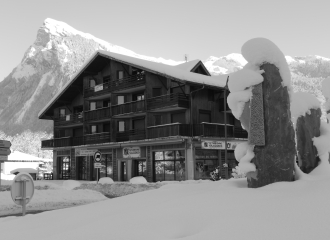
Snowscoot rental
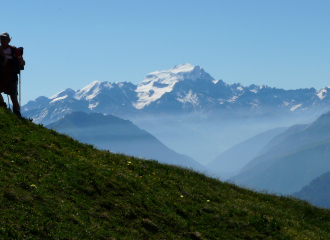
the Mont Blanc hiking
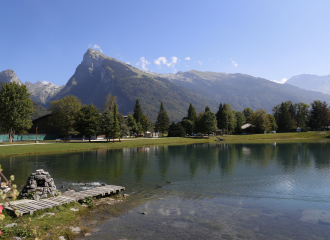
Strolls from the lacs aux dames to the lac bleu at Morillon
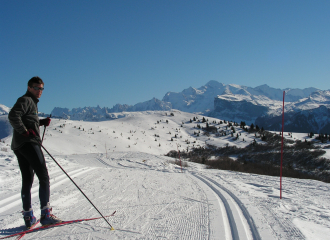
Cross Country Skiing – Joux Plane pass
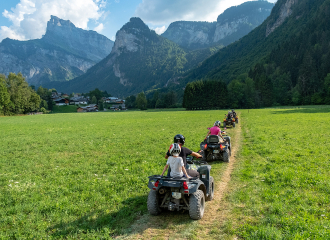
Discovery outing – Quad biking
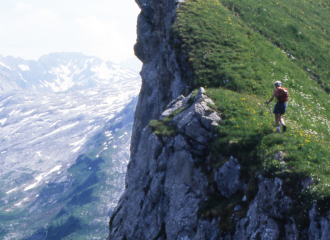
Walking itinerary: the chalets and Aouille du Criou
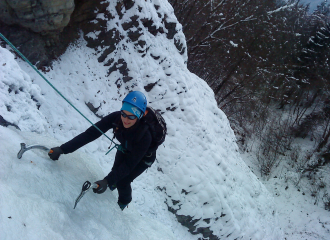
Ice climbing discovery trip
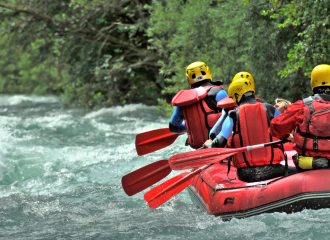
Rafting
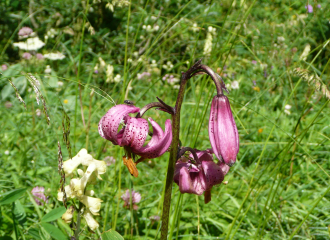
Special discovery walks
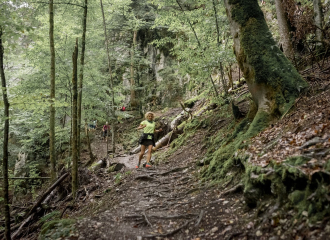
Trail routes – 9km
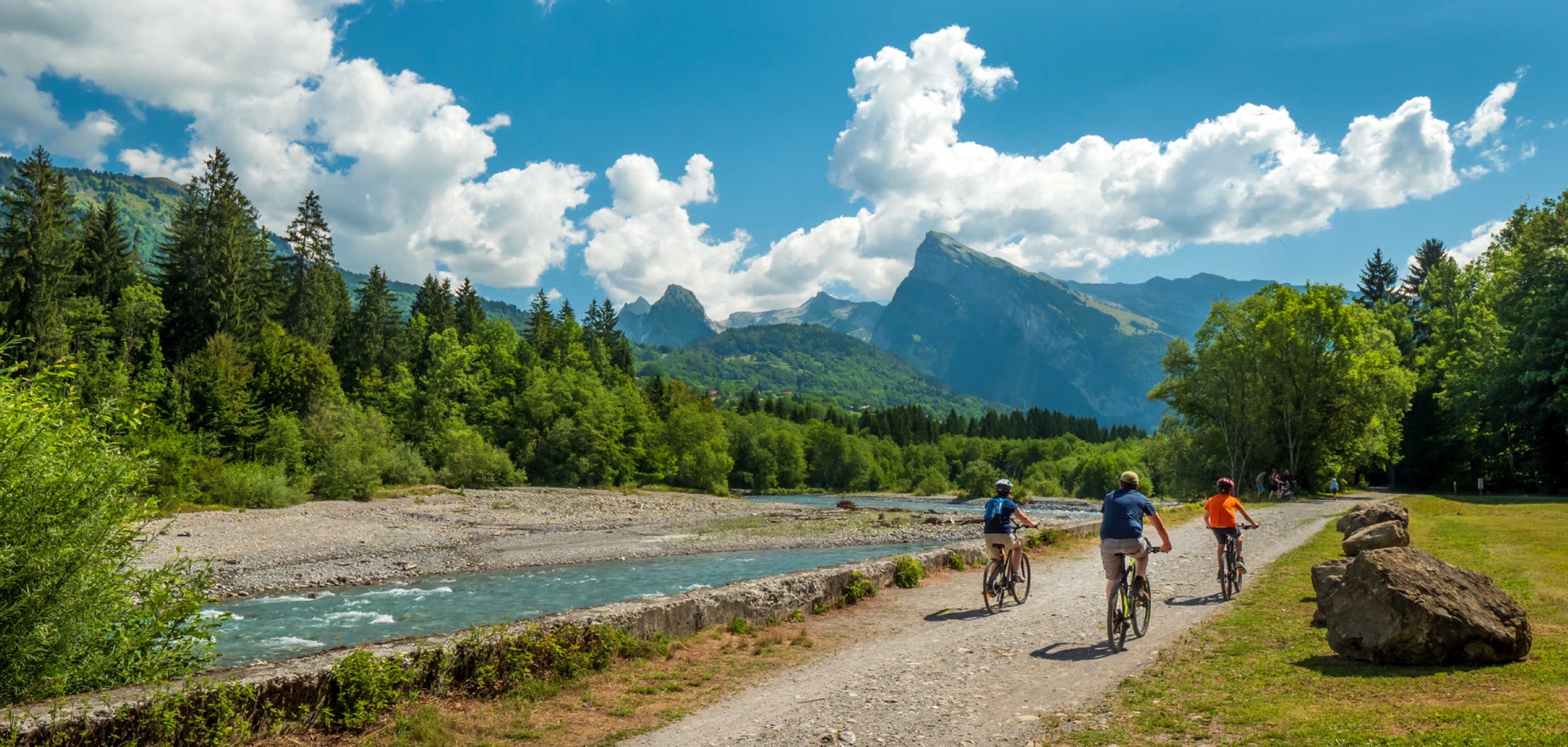
Giffre mountain bike loop: Samoëns – Morillon
